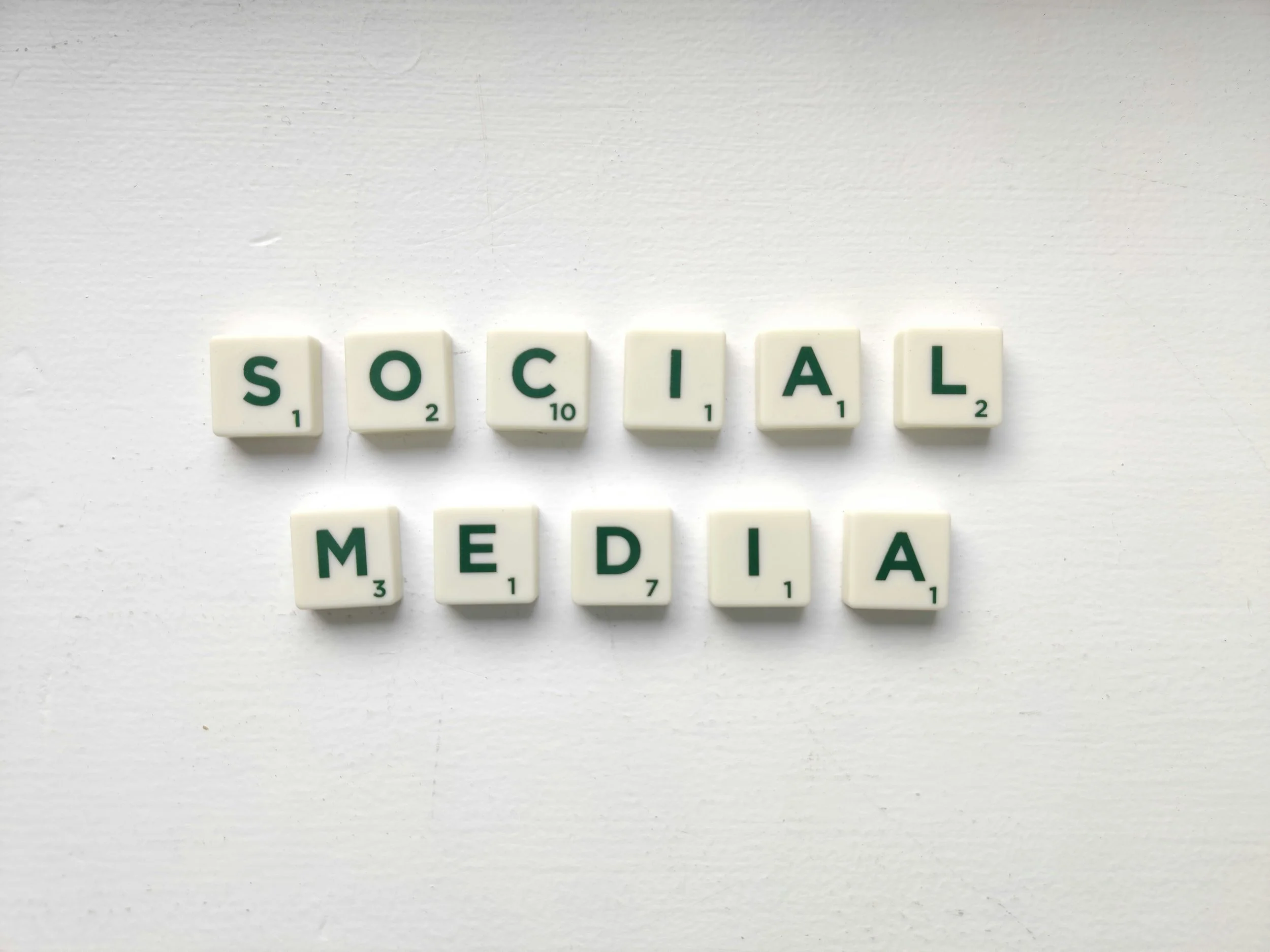When Paid Social Quietly Outperforms Paid Search
Many ecommerce brands assume that people who search for a product are the most likely to buy it. They have intent, they’re looking for something specific, and they’re ready to act. Yet in real campaigns, that neat logic often falls apart. The stronger results, the higher return, the real momentum, come from social platforms instead.
Search should be the sure thing, but it isn’t. The modern consumer doesn’t always start their journey by typing into a search bar. Discovery happens long before intent ever forms.
Discovery Has Moved
Search used to be the main entry point to the internet. Now people are guided by feeds, recommendations, and personalized suggestions that appear without them asking. Social platforms have become engines of curiosity rather than just spaces for entertainment.
That change reshaped how people find products. A short video or clever piece of content can catch attention before a user even realizes what they are looking at. The line between awareness and desire has blurred. Algorithms have learned to anticipate interest based on patterns of behavior rather than explicit searches. A well-crafted piece of creative content can trigger an unplanned purchase because it feels natural, not forced.
Competition Looks Different
In search, competition is endless. Every brand shows up beside every other brand, and users face a wall of near-identical options. The smallest differences in pricing, reviews, or delivery time start to dictate performance. Even the best product can disappear in that environment.
Social works differently. It rewards originality, not sameness. A campaign with distinct creative direction and a human touch can feel fresh in a crowded feed. Social algorithms don’t simply reward the highest bidder; they amplify what people engage with. That dynamic gives smaller, faster brands an opportunity to outperform larger competitors if their content connects.
Why Emotion Wins
People don’t buy only because they need something. They buy because something resonates with them. Social media has the tools to express that resonance. A brand can communicate mood, tone, aspiration, or belonging in ways that static listings never could.
That emotional connection matters most for products tied to personal identity. Apparel, beauty, wellness, lifestyle, and home décor all thrive when they can be shown in motion, in use, in real life. Search ads can’t replicate that richness. They communicate facts; social tells stories.
Algorithms That Keep Learning
Social platforms learn constantly. Every interaction teaches the system who else might respond the same way. A small creative change, a variation in pacing, or a different hook can shift performance dramatically. The more the platform learns, the better it gets at predicting what type of person will buy next.
Search algorithms remain strong, but they depend on intent that already exists. Social campaigns can generate intent where none existed before. That distinction is one of the reasons certain ecommerce brands consistently outperform on social.
The Limits of Predictability
Search remains valuable but also predictable. The rules are public, and the tools are accessible to everyone. As more advertisers follow the same playbook, differentiation fades. Cost per click rises while creativity flattens.
Social is less rigid. Creativity drives attention, and attention drives delivery. A good idea, executed with clarity, can still outperform a higher spend. The reward structure favors experimentation rather than repetition.
A Nonlinear Path to Purchase
The modern buyer’s path no longer follows a straight line. A user might see a product on TikTok, compare it through a Google search, and finish the purchase from a retargeting ad a few days later. Measuring performance by the last click misses the influence that started the journey.
In many cases, social campaigns plant the initial seed of curiosity. Search may capture the final conversion, but social set the stage. Understanding that dynamic changes how brands evaluate success and where they place their emphasis.
Creative as a Competitive Edge
With privacy changes reducing the precision of targeting, creative has become the main performance driver. The message, tone, and visual execution determine whether an audience connects.
Top brands treat creative like an ongoing experiment. They test, measure, and refine. They use the data not only to improve the next round of ads but to inform product positioning, messaging, and even pricing strategy. The feedback loop between content and performance has become the real engine of growth.
The Right Role for Search
Search still closes the deal. It provides the confirmation people need once curiosity has taken hold. It validates credibility and ensures transparency in pricing and availability. The most effective media strategies now treat search as the finisher and social as the instigator.
When those two channels support each other, performance multiplies. When they operate in isolation, they compete for the same conversion.
The Real Lesson
The brands succeeding today understand that attention no longer starts with intent. They see that discovery has moved upstream, that emotion is as measurable as clicks, and that creativity is now the sharpest tool in the kit.
Search captures demand, but social creates it. The brands that master both don’t wait for people to look for them; they learn how to be found before the search ever begins.

